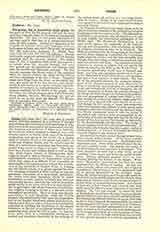

Dei gratia; Dei et Apostolicae Sedis gratia (By the grace of God; By the grace of God and the Apostolic See), formulae added to the titles of ecclesiastical dignitaries. The first (N. Dei gratia Episcopus N.) has been used in that form or in certain equivalents since the fifth century. Among the signatures of the Councils of Ephesus (431) and Chalcedon (451) we find names to which are added: Dei gratia, per gratiam Dei, Dei miseratione Episcopus N. (Mansi, Sacr. Conc. Coll., IV,1213; VII, 137, 139, 429 sqq.). Though afterwards employed occasionally, it did not become prevalent until the eleventh century. The second form (N. Dei et Apostolicae Sedis gratid Episcopus N.) is current since the eleventh century; but came into general use by archbishops and bishops only since the twelfth and thirteenth centuries. The first formula expresses the Divine origin of the episcopal office; the second exhibits the union of the bishops and their submission to the See of Rome. Temporal rulers since King Pepin the Short, in the eighth century, also made use of the first formula; from the fifteenth it was employed to signify complete and independent sovereignty, in contradistinction to the sovereignty conferred by the choice of the people. For this reason the bishops in some parts of Southern Germany (Baden, Bavaria, Wurtemberg) are not allowed to use it, but must say instead: Dei Miseratione et Apostolicae Sedis gratid.
FRANCIS J. SCHAEFER

